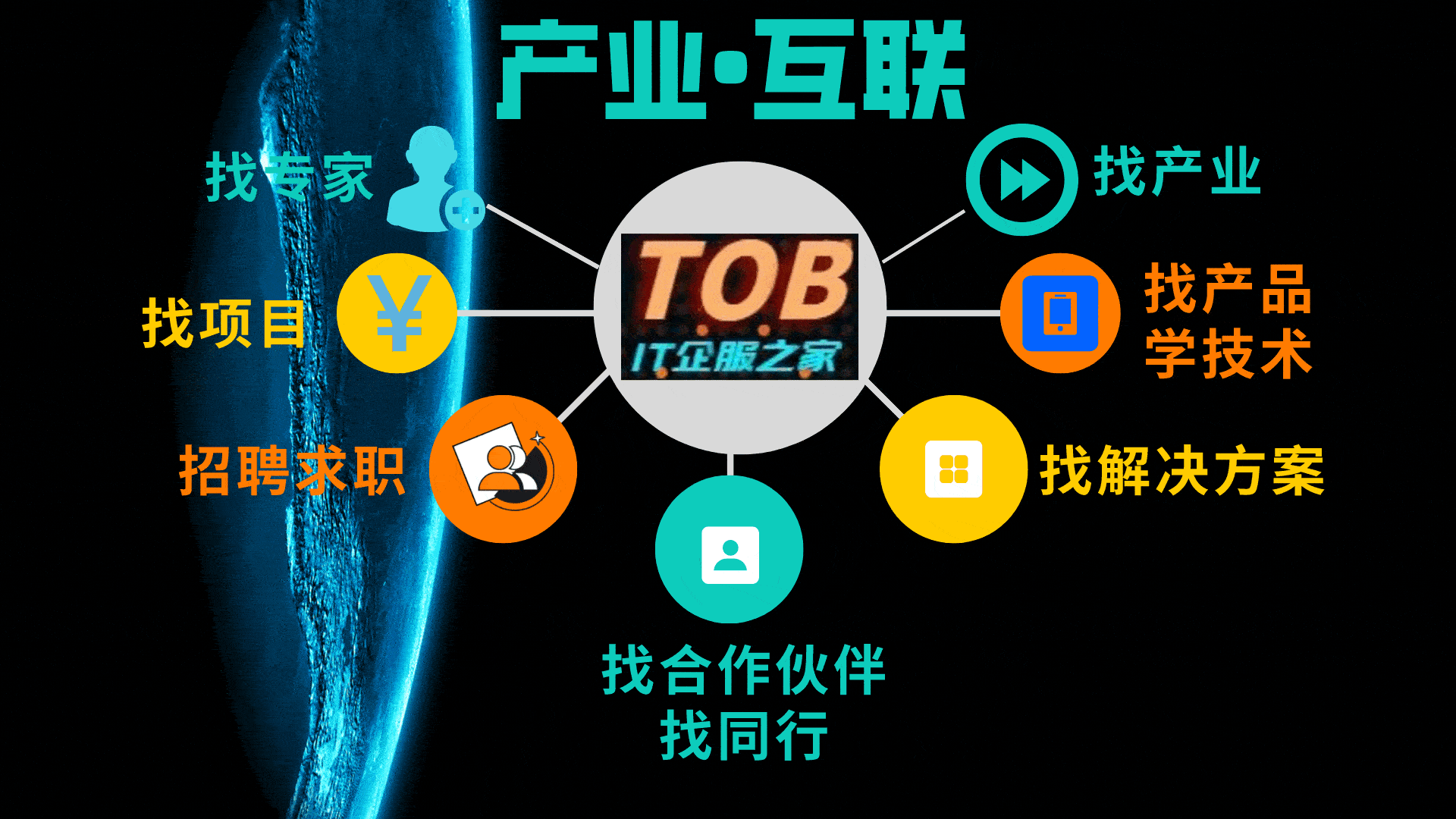马上注册,结交更多好友,享用更多功能,让你轻松玩转社区。
您需要 登录 才可以下载或查看,没有账号?立即注册
×
基于Spring Boot的多级缓存架构实现
以下是一个基于Spring Boot的多级缓存架构实现示例
多级缓存架构实现方案
1. 依赖配置(pom.xml)
- <dependency>
- <groupId>org.springframework.boot</groupId>
- <artifactId>spring-boot-starter-cache</artifactId>
- </dependency>
- <dependency>
- <groupId>com.github.ben-manes.caffeine</groupId>
- <artifactId>caffeine</artifactId>
- </dependency>
- <dependency>
- <groupId>org.springframework.boot</groupId>
- <artifactId>spring-boot-starter-data-redis</artifactId>
- </dependency>
- @Configuration
- @EnableCaching
- public class MultiLevelCacheConfig {
- // 一级缓存(本地缓存)
- @Bean
- public CacheManager caffeineCacheManager() {
- CaffeineCacheManager manager = new CaffeineCacheManager();
- manager.setCaffeine(Caffeine.newBuilder()
- .maximumSize(1000)
- .expireAfterWrite(30, TimeUnit.SECONDS)); // 本地缓存比Redis缓存更短
- return manager;
- }
- // 二级缓存(Redis缓存)
- @Bean
- public CacheManager redisCacheManager(RedisConnectionFactory factory) {
- RedisCacheConfiguration config = RedisCacheConfiguration.defaultCacheConfig()
- .entryTtl(Duration.ofMinutes(5))
- .serializeValuesWith(SerializationPair.fromSerializer(RedisSerializer.json()));
- return RedisCacheManager.builder(factory)
- .cacheDefaults(config)
- .transactionAware()
- .build();
- }
- // 组合缓存管理器
- @Bean
- @Primary
- public CacheManager multiLevelCacheManager(
- @Qualifier("caffeineCacheManager") CacheManager level1,
- @Qualifier("redisCacheManager") CacheManager level2) {
- return new MultiLevelCacheManager(level1, level2);
- }
- }
- public class MultiLevelCacheManager implements CacheManager {
- private final CacheManager level1; // 本地缓存
- private final CacheManager level2; // Redis缓存
- private final ConcurrentMap<String, Cache> cacheMap = new ConcurrentHashMap<>();
- public MultiLevelCacheManager(CacheManager level1, CacheManager level2) {
- this.level1 = level1;
- this.level2 = level2;
- }
- @Override
- public Cache getCache(String name) {
- return cacheMap.computeIfAbsent(name,
- key -> new MultiLevelCache(
- level1.getCache(name),
- level2.getCache(name)
- ));
- }
- @Override
- public Collection<String> getCacheNames() {
- return Stream.concat(
- level1.getCacheNames().stream(),
- level2.getCacheNames().stream()
- ).collect(Collectors.toSet());
- }
- // 多级缓存实现
- static class MultiLevelCache implements Cache {
- private final Cache level1;
- private final Cache level2;
- private final String name;
- public MultiLevelCache(Cache level1, Cache level2) {
- this.level1 = level1 != null ? level1 : new NoOpCache();
- this.level2 = level2 != null ? level2 : new NoOpCache();
- this.name = level1.getName() + ":" + level2.getName();
- }
- @Override
- public String getName() {
- return name;
- }
- @Override
- public Object getNativeCache() {
- return this;
- }
- @Override
- public ValueWrapper get(Object key) {
- // 先查一级缓存
- ValueWrapper value = level1.get(key);
- if (value == null) {
- // 二级缓存查询
- value = level2.get(key);
- if (value != null) {
- // 回填一级缓存
- level1.put(key, value.get());
- }
- }
- return value;
- }
- @Override
- public <T> T get(Object key, Class<T> type) {
- // 实现逻辑类似get方法
- T value = level1.get(key, type);
- if (value == null) {
- value = level2.get(key, type);
- if (value != null) {
- level1.put(key, value);
- }
- }
- return value;
- }
- @Override
- public void put(Object key, Object value) {
- // 同时写入两级缓存
- level1.put(key, value);
- level2.put(key, value);
- }
- @Override
- public void evict(Object key) {
- // 同时清除两级缓存
- level1.evict(key);
- level2.evict(key);
- }
- @Override
- public void clear() {
- level1.clear();
- level2.clear();
- }
- }
- // 空缓存实现(容错)
- static class NoOpCache implements Cache {
- // 实现基础的Cache方法,返回空值
- }
- }
- @Service
- public class ProductService {
- @Cacheable(value = "products", key = "#id")
- public Product getProduct(Long id) {
- // 数据库查询逻辑
- return productRepository.findById(id)
- .orElseThrow(() -> new NotFoundException("Product not found"));
- }
- @CacheEvict(value = "products", key = "#product.id")
- public void updateProduct(Product product) {
- productRepository.save(product);
- }
- }
- spring:
- cache:
- multi-level:
- level1:
- ttl: 30s # 本地缓存时间
- max-size: 1000
- level2:
- ttl: 5m # Redis缓存时间
- redis:
- host: redis-cluster.prod
- port: 6379
- timeout: 2000ms
关键实现要点
- 写操作:同时清除两级缓存(@CacheEvict)
- 读操作:二级缓存掷中后自动回填一级缓存
- TTL策略:一级缓存TTL(30s) < 二级缓存TTL(5m)
- 本地缓存:使用Caffeine高性能缓存库
- 异步回填:可扩展为异步加载(需自定义CacheLoader)
- 批量操作:支持@Cacheable的批量查询优化
扩展发起
- @PostConstruct
- public void preloadHotData() {
- // 加载热点数据到缓存
- hotProducts.forEach(product ->
- cacheManager.getCache("products").put(product.getId(), product));
- }
- @Bean
- public MeterRegistryCustomizer<MeterRegistry> cacheMetrics() {
- return registry -> {
- CaffeineCacheManager caffeine = context.getBean(CaffeineCacheManager.class);
- RedisCacheManager redis = context.getBean(RedisCacheManager.class);
-
- // 注册Caffeine监控
 - CacheMetrics.monitor(registry, caffeine, "level1");
- // 注册Redis监控
 - CacheMetrics.monitor(registry, redis, "level2");
- };
- }
- // 在MultiLevelCache.get方法中添加
- ValueWrapper get(Object key) {
- try {
- // 添加分布式锁检查
- if (lockManager.tryLock(key)) {
- // 实际查询逻辑
- }
- } finally {
- lockManager.unlock(key);
- }
- }
免责声明:如果侵犯了您的权益,请联系站长,我们会及时删除侵权内容,谢谢合作!更多信息从访问主页:qidao123.com:ToB企服之家,中国第一个企服评测及商务社交产业平台。
|





